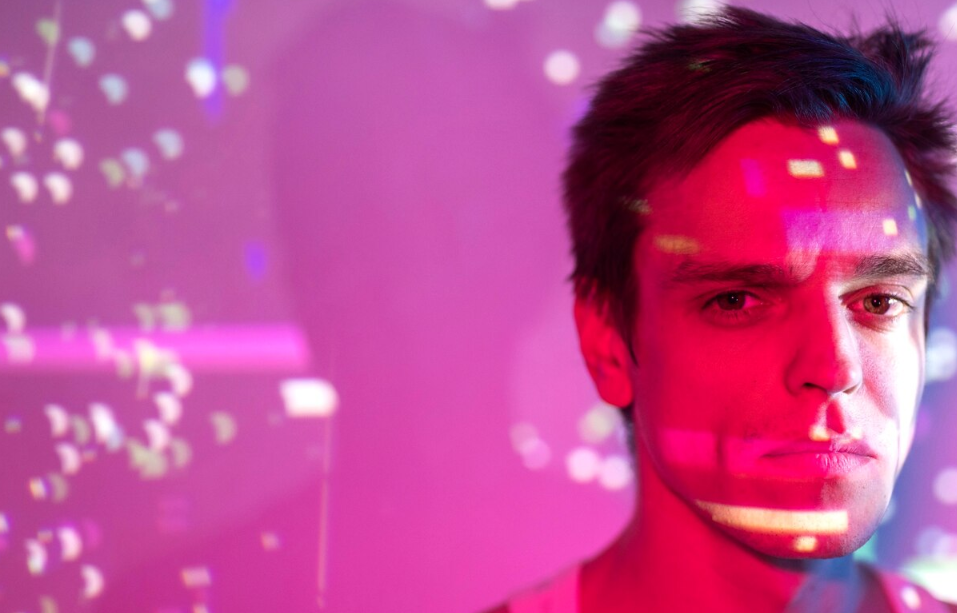What if we could shape our dreams the way we sculpt digital landscapes? What if lucid dreaming wasn’t just a rare talent, but a programmable experience? Thanks to advances in mixed reality (MR), neuroscience, and biofeedback, the once blurry boundary between dreams and technology is beginning to dissolve.
Welcome to the frontier of dream hacking—where immersive tech meets the unconscious mind.
What Is Dream Hacking?
Dream hacking refers to the use of technology to influence, guide, or interact with dreams. While this concept once belonged to science fiction, recent studies suggest that sound cues, sensory stimuli, and real-time monitoring during sleep cycles can indeed shape dream content.
Now, with mixed reality—the fusion of virtual and augmented reality overlaid on our sensory perception—we’re beginning to extend this influence into immersive and responsive dreamscapes.
The Science Behind It
Dream hacking relies on a few key principles:
 Sleep Stage Monitoring
Sleep Stage Monitoring
To interact with dreams, tech needs to detect REM sleep, the stage when most vivid dreaming occurs. Wearables like EEG headbands or smart rings can track brain activity, eye movement, and heart rate to pinpoint the right moment.
 Sensory Cueing
Sensory Cueing
Once REM is detected, the system can introduce audio cues, vibrations, or light pulses to subtly nudge dream direction without waking the user. These cues are pre-programmed and often based on a user’s intention (e.g., flying, solving a problem, or facing a fear).
 Mixed Reality Calibration
Mixed Reality Calibration
During wakefulness, users can create or experience MR environments that prime their imagination, making it more likely the brain will “replay” those themes while dreaming.
Mixed Reality: The Dream Canvas
Mixed reality offers more than just pre-sleep inspiration. It becomes a platform for dream shaping—a kind of dream design suite.
 How It Might Work:
How It Might Work:
- Before Bed: The user explores an MR environment—a forest temple, an alien city, or a peaceful cabin—designed to spark a specific mood or narrative.
- Sleep Begins: Sensors track bio-signals and detect REM onset.
- Cue Deployment: The system plays familiar sounds, phrases, or even smells linked to the MR environment.
- Dream Blending: The user experiences a dream that merges their MR exposure and internal subconscious material.
The result? A semi-programmed dream, blending personal memory with digital suggestion.
Use Cases: Why Hack Dreams?
Dream hacking isn’t just novelty—it holds real potential for personal development, mental health, and creativity.
 Lucid Dream Training
Lucid Dream Training
MR environments can serve as “lucid primers,” helping users recognize dream states by simulating dreamlike conditions during wakefulness.
 Trauma Processing
Trauma Processing
Gently guided dreams could be used to reframe nightmares, offering safe, symbolic resolutions in controlled settings.
 Skill Enhancement
Skill Enhancement
Some researchers believe that dream rehearsal (like practicing speeches or movements in dreams) may improve real-world performance—dream-based cognitive training, powered by tech.
 Creative Exploration
Creative Exploration
Artists, writers, and designers could dream in virtual palettes, using MR environments to plant surreal seeds for unconscious inspiration.
Ethical Frontiers and Risks
With great power comes weird responsibility. Hacking dreams may affect identity, privacy, and mental health in unexpected ways.
- Consent and Intrusion: Should platforms or apps be allowed to influence your subconscious state? What if ads appear in dreams?
- Memory Confusion: If MR primes blend with dreams too well, users may struggle to differentiate memory from imagination.
- Overdependence: Like any escapist tool, dream tech could encourage avoidance rather than confrontation of real-life problems.
As with any emerging field, dream ethics must evolve alongside the technology.
The Future of Dream Interaction
Imagine a world where:
- You design your dreams like video game levels.
- Therapists guide patients through nightmares using safe dream environments.
- Entire dream “episodes” are recorded and analyzed through neural imaging.
- Shared dreaming becomes possible through networked MR dream simulators.
These ideas may sound futuristic—but so did the internet once.
Conclusion: Reclaiming the Night
Dreams have always been personal, poetic, and mysterious. But with mixed reality and dream hacking, they may become interactive, intentional, and transformational.
This isn’t about controlling the subconscious—it’s about collaborating with it. Using technology not to override dreaming, but to partner with it in new, meaningful ways.
In the near future, bedtime might not be the end of the day—it might be the beginning of a designed, immersive, and personally curated dream journey.
Sweet (and smart) dreams ahead.


